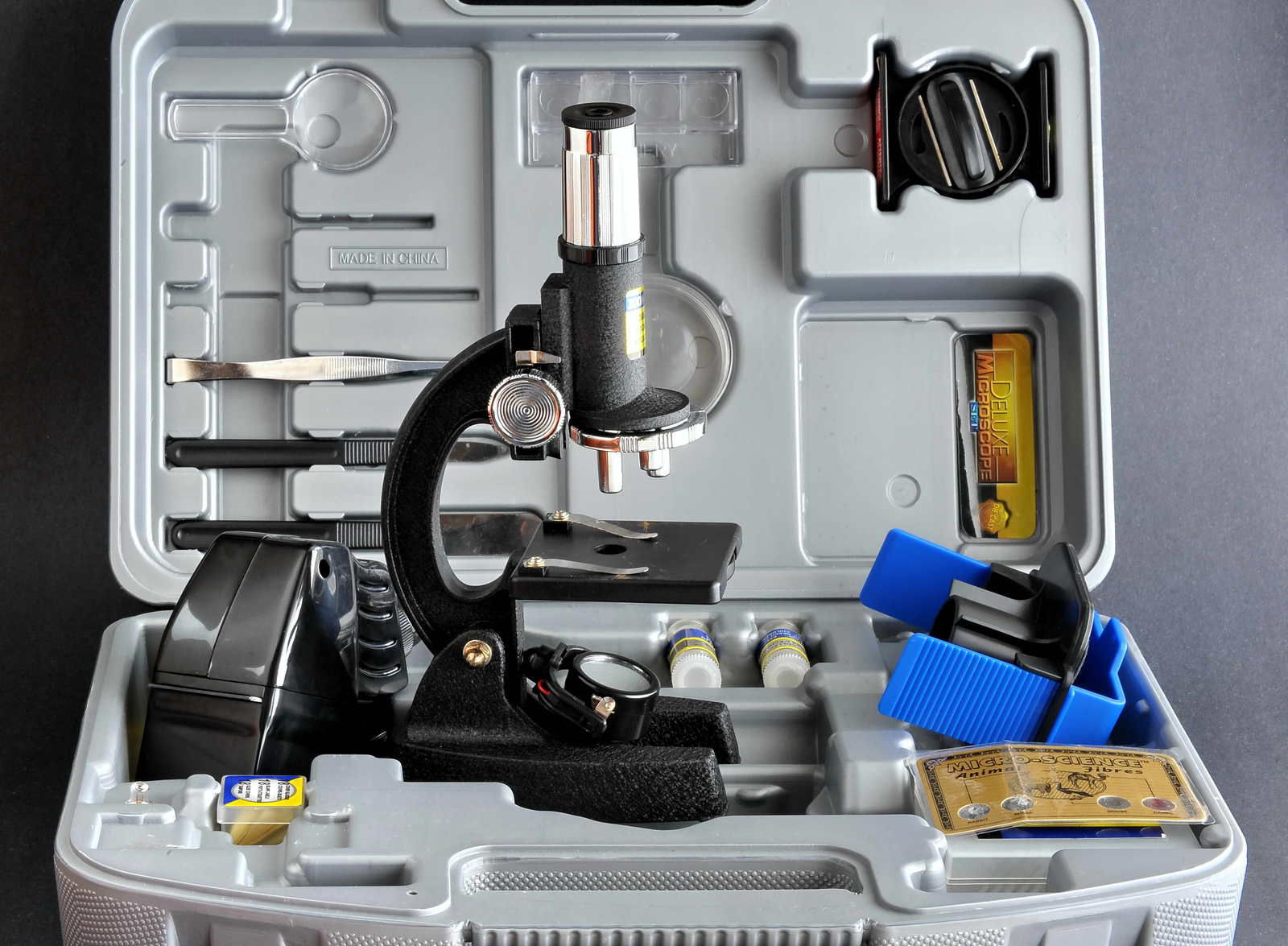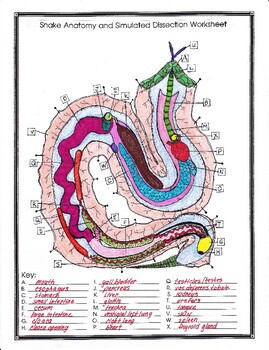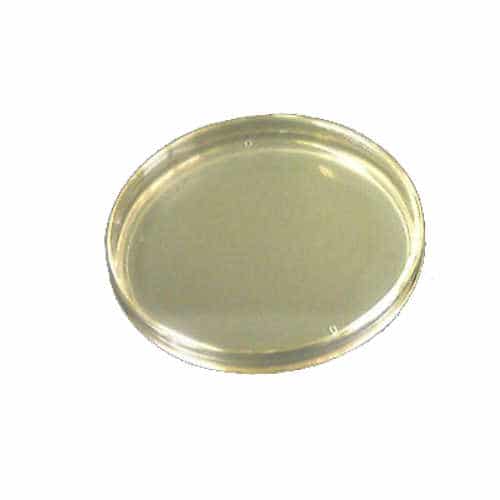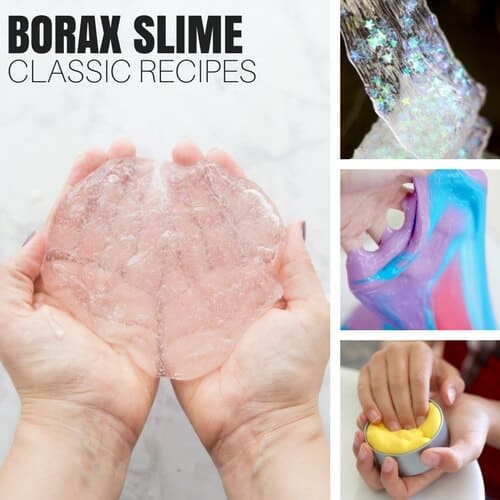What holds strands of dna together
What Holds Strands Of Dna Together. The two strands of dna form a 3 d structure called a double helix. Nitrogenous bases are between these two strands that link together in a specific manner with different types of hydrogen bonds. These hydrogen bonds between the two bases hold the two strands of dna together in the double stranded dna structure. Strands of dna are looped coiled and wrapped around proteins called histones.
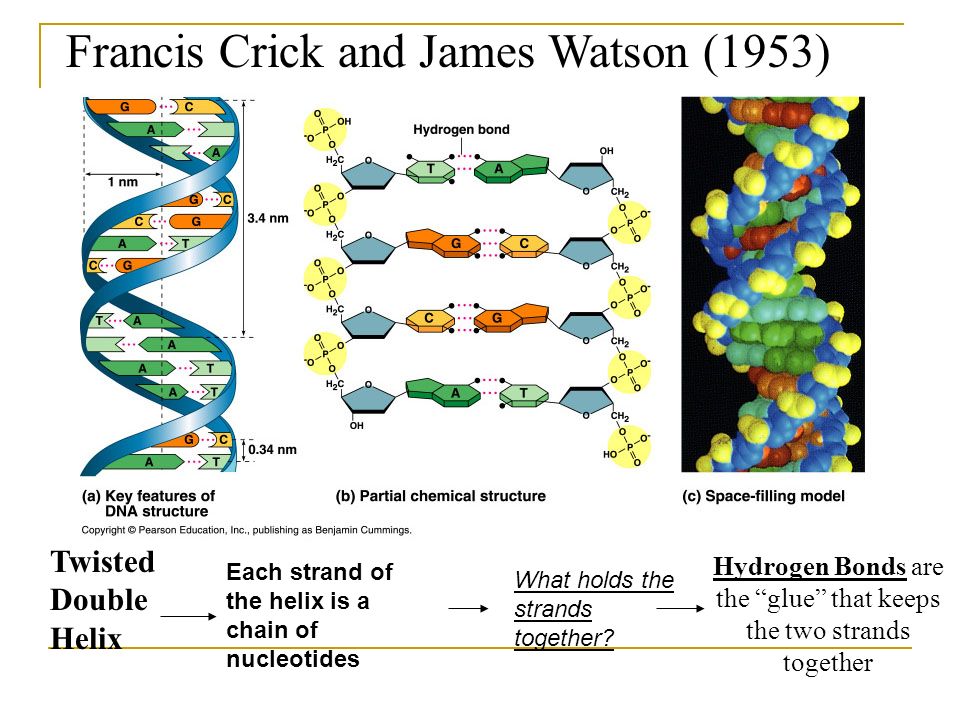 What Does Dna Look Like What Are The Elements That Makeup Dna Ppt Video Online Download From slideplayer.com
What Does Dna Look Like What Are The Elements That Makeup Dna Ppt Video Online Download From slideplayer.com
What type of bond holds the two strands of dna together. The double stranded structure of the dna molecule is formed with the help of hydrogen bonds. In this coiled state it is called chromatin. A dna molecule is made up of the sugar deoxyribose a phosphate group and complementary nitrogenous base pairs. The hydrogen bonds offer enough stability to the structure of the dna. Dna consists of two strands that wind around each other.
There are several interactions present.
It s essential to making sure that all cells get the same instructions during dna replication and cell division. The double stranded structure of the dna molecule is formed with the help of hydrogen bonds. These images of the santa cruz rlver in arlzona were taken in 1942 and 1989. The two strands are aligned in an anti parallel nature meaning that the bases are aligned perfectly. Nitrogenous bases are between these two strands that link together in a specific manner with different types of hydrogen bonds. Adenine pairs with thymine and cytosine with guanine.
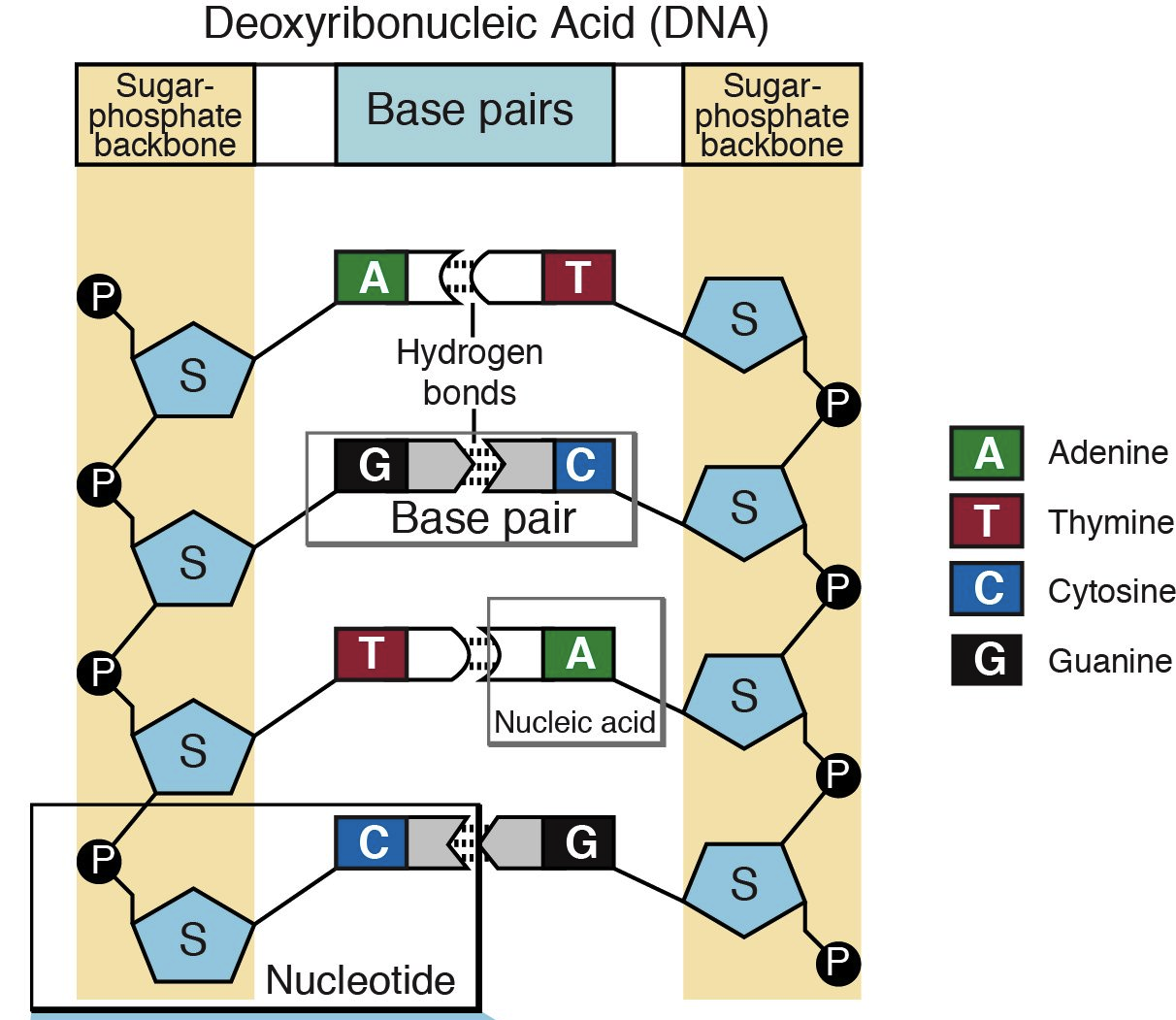 Source: knowgenetics.org
Source: knowgenetics.org
Hydrogen bonds hold dna strands together. A dna molecule is made up of the sugar deoxyribose a phosphate group and complementary nitrogenous base pairs. During the perlod between theseyears the. Hydrogen select all the correct answers. The double stranded structure of the dna molecule is formed with the help of hydrogen bonds.
 Source: slideplayer.com
Source: slideplayer.com
Nitrogenous bases are between these two strands that link together in a specific manner with different types of hydrogen bonds. Chromatin is further condensed through a process called supercoiling. What type of bond holds the two strands of dna together. Covalent bonds attach the subunits of the backbone together whereas hydrogen bonds hold the paired bases together. Hydrogen bonds hold dna strands together.
 Source: slideplayer.com
Source: slideplayer.com
The hydrogen bonds are weak enough to break during replication but strong enough to hold the molecule together. Hydrogen bonds hold dna strands together. A dna molecule is made up of the sugar deoxyribose a phosphate group and complementary nitrogenous base pairs. What type of bond holds the two strands of dna together. Adenine pairs with thymine and cytosine with guanine.
 Source: slideshare.net
Source: slideshare.net
A dna molecule is made up of the sugar deoxyribose a phosphate group and complementary nitrogenous base pairs. The hydrogen bonds are weak enough to break during replication but strong enough to hold the molecule together. When illustrated it looks a little like a ladder that s been twisted into a spiral in which the base pairs are the rungs and. The nitrogenous bases in the dna are held together with the help of hydrogen bonds. There are 3 hydrogen bond between guanine and cytosine whereas 2 hydrogen bond between adenine.
Source: quora.com
The fact that each of the two dna strands has the same sequence is called complementarity. The hydrogen bonds offer enough stability to the structure of the dna. Each strand has repeating units of a nitrogenous base deoxyribose sugar and a phosphate group. The hydrogen bonds are weak enough to break during replication but strong enough to hold the molecule together. In this coiled state it is called chromatin.

Covalent bonds attach the subunits of the backbone together whereas hydrogen bonds hold the paired bases together. What type of bond holds the two strands of dna together. The hydrogen bonds are weak enough to break during replication but strong enough to hold the molecule together. The two strands of dna form a 3 d structure called a double helix. It s essential to making sure that all cells get the same instructions during dna replication and cell division.
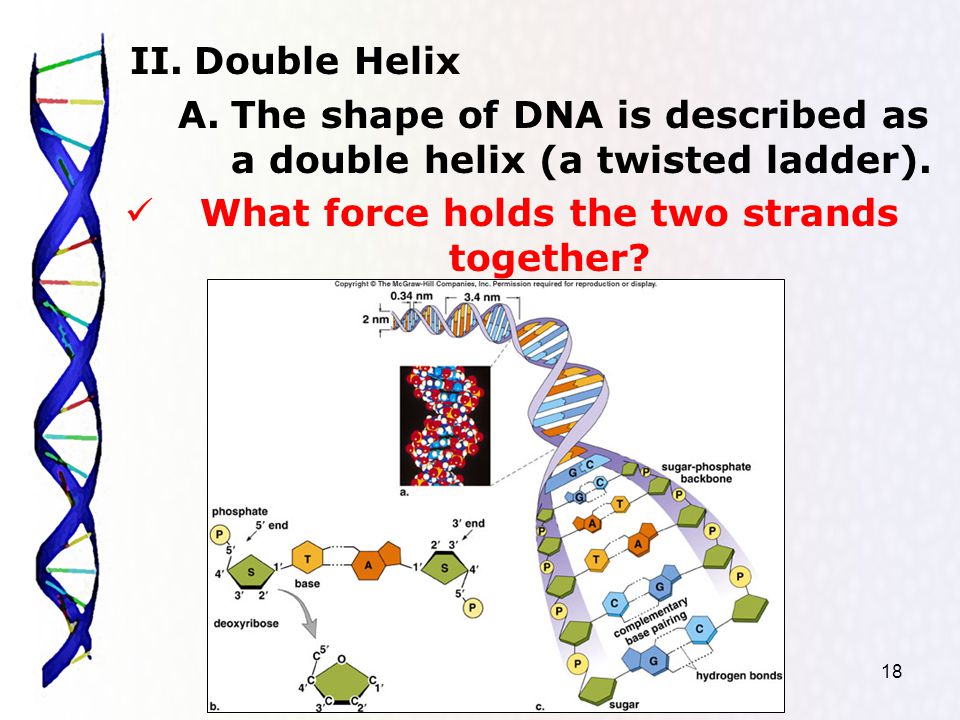 Source: slideplayer.com
Source: slideplayer.com
Two strands of dna are held together by hydrogen bond an attraction between their nitrogen bases. The two strands of dna form a 3 d structure called a double helix. Chromatin is further condensed through a process called supercoiling. The nitrogenous bases in the dna are held together with the help of hydrogen bonds. There are 3 hydrogen bond between guanine and cytosine whereas 2 hydrogen bond between adenine.
 Source: compoundchem.com
Source: compoundchem.com
The double stranded structure of the dna molecule is formed with the help of hydrogen bonds. During the perlod between theseyears the. Nitrogenous bases are between these two strands that link together in a specific manner with different types of hydrogen bonds. The two strands of dna form a 3 d structure called a double helix. The two strands are aligned in an anti parallel nature meaning that the bases are aligned perfectly.
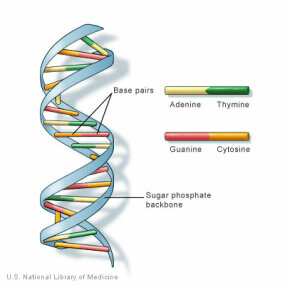 Source: science.howstuffworks.com
Source: science.howstuffworks.com
Nitrogenous bases are between these two strands that link together in a specific manner with different types of hydrogen bonds. There are several interactions present. Chromatin is further condensed through a process called supercoiling. Two strands of dna are held together by hydrogen bond an attraction between their nitrogen bases. The hydrogen bonds are weak enough to break during replication but strong enough to hold the molecule together.
 Source: slideserve.com
Source: slideserve.com
Two strands of dna are held together by hydrogen bond an attraction between their nitrogen bases. The double stranded structure of the dna molecule is formed with the help of hydrogen bonds. The nitrogenous bases in the dna are held together with the help of hydrogen bonds. When illustrated it looks a little like a ladder that s been twisted into a spiral in which the base pairs are the rungs and. The two strands are held together by weak hydrogen bonds.
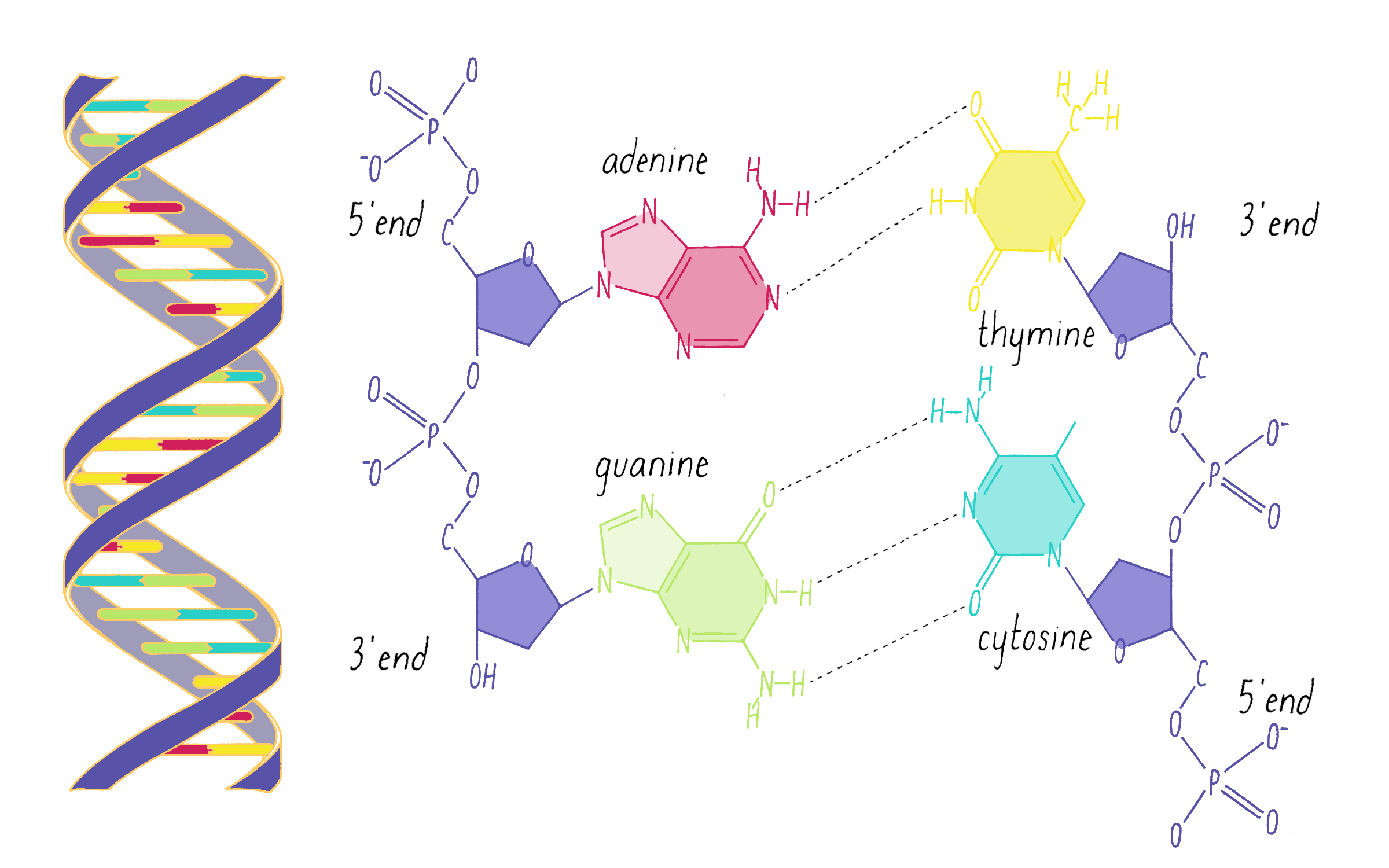 Source: explorebiology.org
Source: explorebiology.org
Chromatin is further condensed through a process called supercoiling. There are 3 hydrogen bond between guanine and cytosine whereas 2 hydrogen bond between adenine. Hydrogen select all the correct answers. The hydrogen bonds are weak enough to break during replication but strong enough to hold the molecule together. These images of the santa cruz rlver in arlzona were taken in 1942 and 1989.
 Source: brainly.com
Source: brainly.com
What type of bond holds the two strands of dna together. Chromatin is further condensed through a process called supercoiling. Hydrogen bonds hold dna strands together. The nitrogenous bases in the dna are held together with the help of hydrogen bonds. The two strands of dna form a 3 d structure called a double helix.
 Source: socratic.org
Source: socratic.org
Adenine pairs with thymine and cytosine with guanine. A dna molecule is made up of the sugar deoxyribose a phosphate group and complementary nitrogenous base pairs. The two strands of dna form a 3 d structure called a double helix. In this coiled state it is called chromatin. Dna consists of two strands that wind around each other.
 Source: slideplayer.com
Source: slideplayer.com
Nitrogenous bases are between these two strands that link together in a specific manner with different types of hydrogen bonds. Dna consists of two strands that wind around each other. There are 3 hydrogen bond between guanine and cytosine whereas 2 hydrogen bond between adenine. Strands of dna are looped coiled and wrapped around proteins called histones. During the perlod between theseyears the.
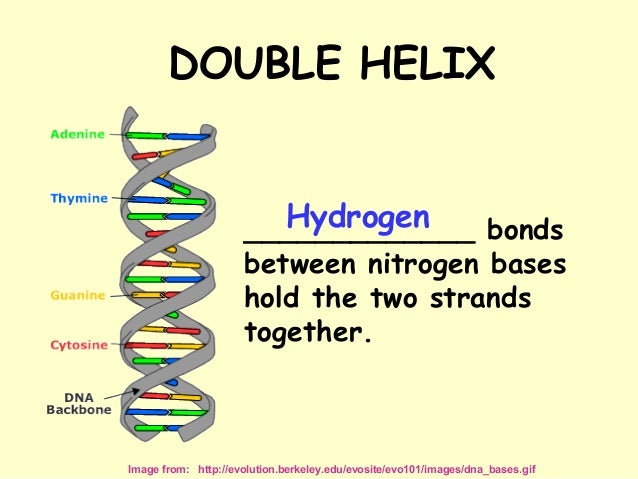 Source: slideshare.net
Source: slideshare.net
When illustrated it looks a little like a ladder that s been twisted into a spiral in which the base pairs are the rungs and. Two strands of dna are held together by hydrogen bond an attraction between their nitrogen bases. The two strands are aligned in an anti parallel nature meaning that the bases are aligned perfectly. A dna molecule is made up of the sugar deoxyribose a phosphate group and complementary nitrogenous base pairs. Hydrogen select all the correct answers.
If you find this site helpful, please support us by sharing this posts to your favorite social media accounts like Facebook, Instagram and so on or you can also bookmark this blog page with the title what holds strands of dna together by using Ctrl + D for devices a laptop with a Windows operating system or Command + D for laptops with an Apple operating system. If you use a smartphone, you can also use the drawer menu of the browser you are using. Whether it’s a Windows, Mac, iOS or Android operating system, you will still be able to bookmark this website.



